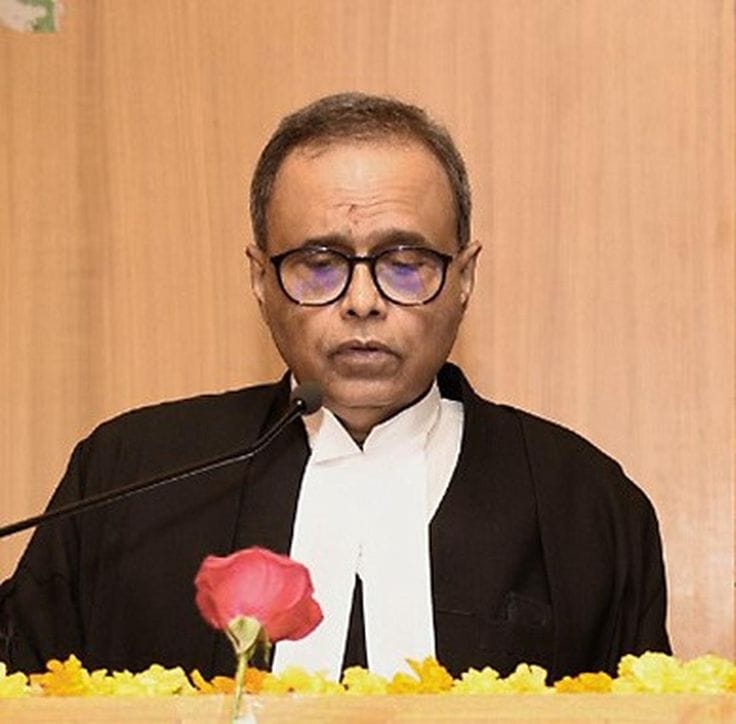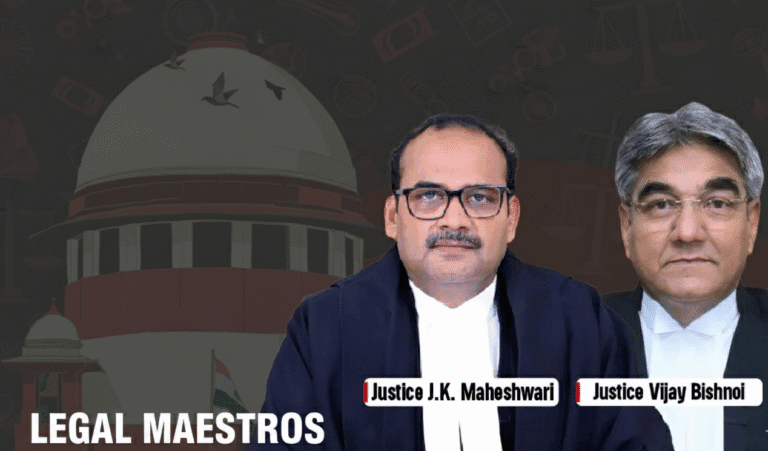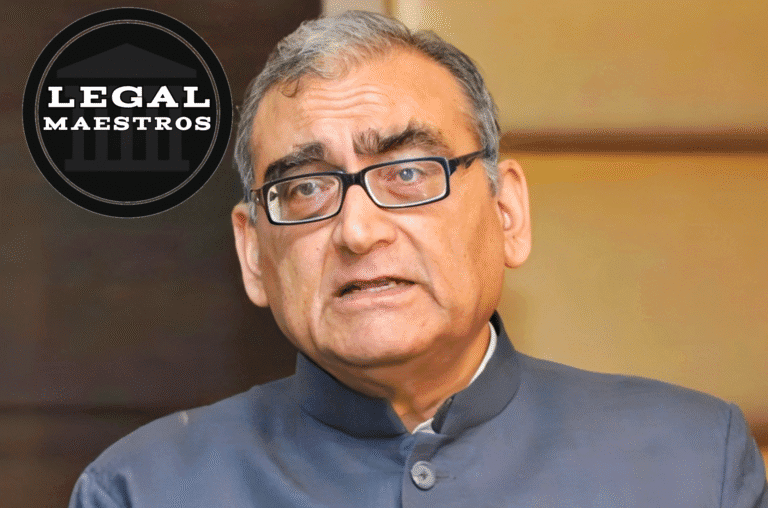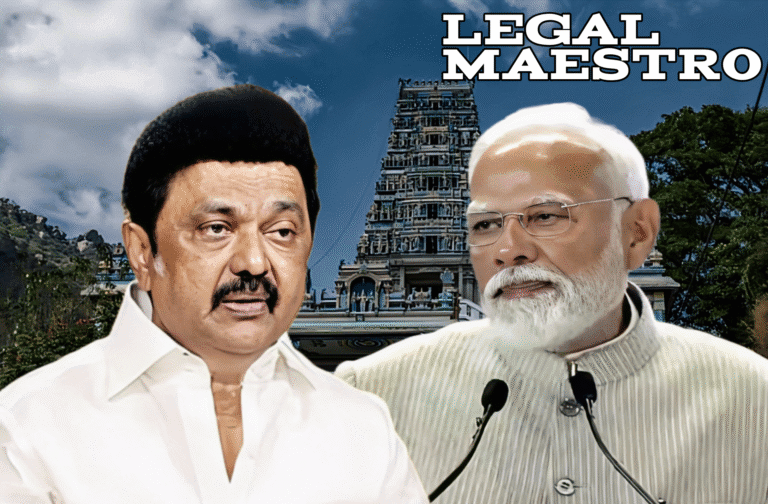
On Monday, 14 July 2025, the Supreme Court of India delivered a landmark judgment in Arun Kumar Sharma & Ors Vs. State of Madhya Pradesh & Ors. dealing with the abuse of legal process by initiating duplicate proceedings and withholding facts from the court. The ruling highlights the importance of bona fides and complete disclosure on the part of litigants, especially in environmental litigation where public interest is involved.
Facts
The case had begun when the appellants, Arun Kumar Sharma and others, moved to the National Green Tribunal (NGT) with a request to enjoin the respondents from establishing a petrol pump on a particular piece of land close to Bhopal, Madhya Pradesh. They challenged different clearances and no-objection certificates (NOCs) issued by the state government, citing perceived contraventions of environmental norms, the Petroleum Rules, 2002 and the CPCB standards for siting such facilities near residential areas, schools, and hospitals.
Though the NGT was seized of the issue and had formed a Joint Committee to probe, the appellant’s objections had been extended to the NOC of the Collector as well as subsequent approvals of bodies like PESO and the Pollution Control Board. Notwithstanding that, all such permissions necessary, ranging from environmental to municipal had already been secured by the proponents of the project prior to the filing of petitions before the Tribunal.
For any queries or to publish an article or post or advertisement on our platform, do call at +91 6377460764 or email us at contact@legalmaestros.com.
During the NGT hearings, it was determined by a Joint Committee report that although there were residential colonies in the vicinity, they were illegal and importantly, not within the essential 50-meter radius as mandated by regulatory standards. There was no school, hospital, or dwelling within that minimum distance of the petrol pump site.
Arguments
Appellant’s main argument was that NOC issued by the Collector and other sanctions were issued without sufficient application of mind and in violation of statutory norms such as Rule 144 of Petroleum Rules, 2002 and guidelines of CPCB. They also raised the environmental concern regarding the risk of operating a petrol pump adjacent to residential clusters, raising concerns regarding public health and safety.
The respondents countered by establishing that:
For any queries or to publish an article or post or advertisement on our platform, do call at +91 6377460764 or email us at contact@legalmaestros.com.
- All statutory NOCs and consents, including safety clearances from PESO and environmental approvals, had been secured as per relevant laws and procedures.
- The Joint Committee’s findings proved compliance with all site distance and safety criteria.
- The Petroleum Rules challenges raised by the appellants did not fall within the NGT’s purview under its scheduled jurisdiction.
- Residential activity within 50 meters was non-existent, and the closest habitation was over 600 meters away.
Significantly, during the Supreme Court appeal, respondents pointed out that the appellants had also filed a writ petition in the High Court challenging the same NOC on ostensibly different grounds, without disclosure to the Supreme Court and without seeking its permission. The crux of the respondent’s argument was that the appellants were pursuing “identical and parallel proceedings” in multiple fora, raising suspicions about their bona fides.
Judgment
After reviewing both sides, the Supreme Court found that the appellant’s conduct lacked transparency and candour. While the appellants tried to distinguish the NGT and High Court proceedings as focusing on separate legal issues, the former on siting criteria and the latter on municipal law compliance, the Supreme Court after examining the actual grounds pleaded in both matters concluded that there was substantial overlap.
The Court reasoned that:
For any queries or to publish an article or post or advertisement on our platform, do call at +91 6377460764 or email us at contact@legalmaestros.com.
- The appellants had indeed raised similar challenges to the validity of the Collector’s NOC before both tribunals.
- The assertion that the writ petition before the High Court was confined to a breach of municipal law (M.P. Nagar Tatha Gram Nivesh Adhiniyam, 1973) was misleading, since those issues had also been raised in the civil appeals before the Supreme Court.
- The act of filing parallel proceedings without informing the apex court was unacceptable. The minimum requirement is for litigants to disclose the pendency or institution of other related cases, especially when seeking similar relief against the same order.
Consequently, the Supreme Court dismissed the civil appeals for abuse of process, noting that the litigation appeared to be motivated by the personal business interests of one appellant. The Court imposed exemplary costs of Rs. 50,000, emphasizing that serious consequences would follow deliberate non-disclosure and frivolous environmental litigation.
Impact and Analysis
This judgment serves as a watershed moment reaffirming the Supreme Court’s disapproval of:
- Litigants engaging in “forum shopping” which is the act of pursuing similar relief in multiple judicial fora hoping for a favourable outcome.
- The concealment of critical facts, including the pendency of related proceedings from the courts.
The Court’s reasoning is rooted in the established principle that “access to justice” does not include the right to misuse judicial processes to subserve personal or business agendas. The judgment reasserts that tribunals and courts must be apprised of all material facts, particularly where public interest and environmental issues intersect.
For any queries or to publish an article or post or advertisement on our platform, do call at +91 6377460764 or email us at contact@legalmaestros.com.
By clarifying that only authorized residential colonies are relevant for applying the CPCB’s siting criteria, and that compliance with all statutory site clearances had been demonstrated, the Court offers guidance for future disputes involving environmental NOCs for commercial establishments.
Importantly, while dismissing the civil appeals, the Supreme Court allowed the writ petition pending before the High Court to proceed independently stating unequivocally that the High Court proceedings on issues under municipal law must not be prejudiced by its observations.
Legal Principles Highlight
The case underscores the doctrine that “suppression of material facts” and “parallel litigation” are grave abuses of process. Judicial candour is not just procedural compliance but is essential for upholding the integrity of environmental litigation. This approach brings the Indian legal framework in line with global standards on ethical litigation, where parties are duty-bound to reveal the full matrix of pending or prior disputes on the same subject matter.
For any queries or to publish an article or post or advertisement on our platform, do call at +91 6377460764 or email us at contact@legalmaestros.com.
Conclusion
The Supreme Court’s decision in this matter represents a robust stand against duplicity in litigation and reinforces the duty of parties, especially in environmental and public interest matters, to act in good faith, making complete disclosure at every stage. The ruling not only streamlines the scope of environmental litigation but also signals to prospective litigants that abuse of process will not be tolerated and will attract penal costs. This is expected to curb frivolous or mala fide challenges and ensure that bona fide public interest remains at the heart of judicial review.
Coram
Justice Pamidighantam Sri Narasimha
Justice Joymalya Bagchi
For any queries or to publish an article or post or advertisement on our platform, do call at +91 6377460764 or email us at contact@legalmaestros.com.
Source
For any queries or to publish an article or post or advertisement on our platform, do call at +91 6377460764 or email us at contact@legalmaestros.com.







